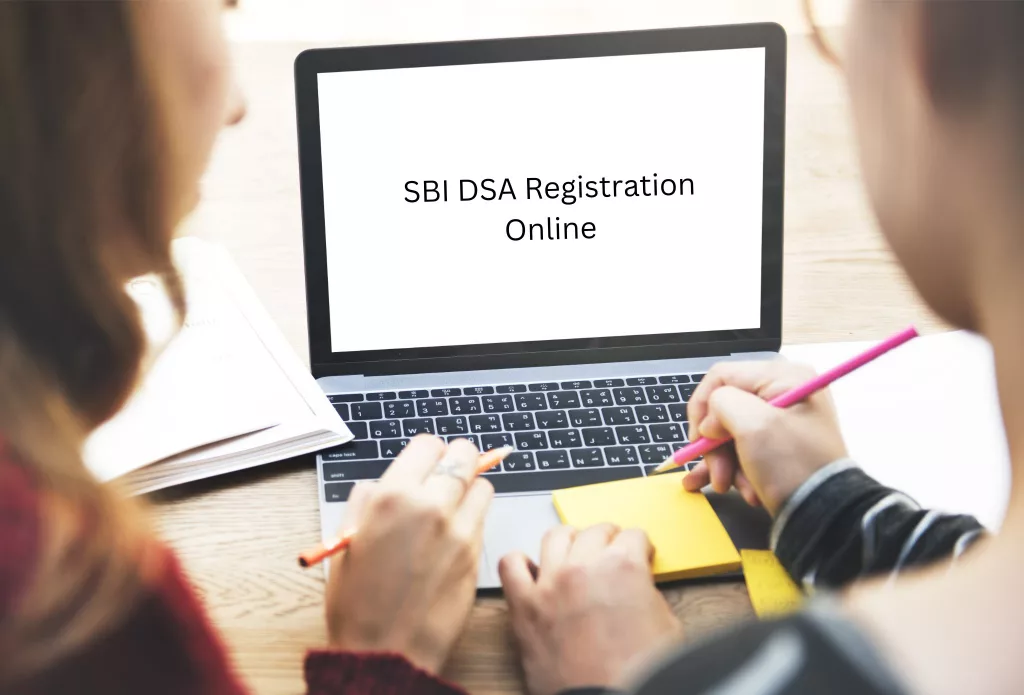Are you intrigued by the
world of financial products and want to make a significant impact? Becoming a
Direct Selling Agent (DSA) Partner could be the perfect opportunity for you to
dive into the realm of financial services.
Whether you're a seasoned
finance professional or looking for a new venture, understanding the DSA
registration process is essential. In this guide, we'll take you through the
steps to become a DSA Partner and shed light on the SBI DSA
Registration. So, let's get started on this exciting journey!
Step 1: Understanding
the DSA Concept
Before diving into the
registration process, let's clarify the concept. A DSA Partner acts as a bridge
between customers and financial institutions, helping them access a range of
loan products like home, personal, education, and car loans. It's a win-win
situation – customers get easy access to financial solutions, and you earn
attractive commissions.
Step 2: Research and
Select a Financial Institution
To become a DSA Partner,
you need to choose the right financial institution to collaborate with. The
State Bank of India (SBI) is a prominent player offering a variety of loan
products. Collaborating with SBI as a DSA Partner could be a game-changer for
your financial journey.
Step 3: Gathering
Essential Documents
Before you begin the
registration process, ensure you have all the necessary documents handy. These
might include proof of identity, address, educational qualifications, and
financial background.
Step 4: Online
Registration
Most financial
institutions offer an online registration portal for DSA Partners. Head over to
the SBI DSA Registration portal or the platform of your chosen
institution. Fill in the required details accurately and upload the necessary
documents. This step is crucial, as any discrepancies could lead to delays or
rejection.
Step 5: Verification
Process
Once your application is
submitted, the financial institution will initiate a verification process. This
may involve a background check, validating your credentials, and assessing your
suitability as a DSA Partner. Providing accurate information during
registration is essential to breeze through this step.
Step 6: Training and
Onboarding
Congratulations! Your
application has been accepted, and you're on your way to becoming a DSA
Partner. Many financial institutions, including SBI, offer training and
onboarding sessions to familiarize you with their loan products, processes, and
guidelines. This training equips you with the knowledge you need to guide your
clients effectively.
Step 7: Start Earning
Commissions
With your training
completed and credentials verified, you're all set to start your journey as a
DSA Partner. As you connect customers with suitable loan products, you'll earn
commissions on successful transactions. Your financial expertise and network
can now lead to a rewarding income stream.
Why You Should Act
Now?
In the dynamic world of
finance, opportunities don't wait. Registering as a DSA Partner is your chance
to tap into a thriving industry. With the economy evolving, the demand for
financial solutions is growing. By mastering the DSA registration process
today, you position yourself as a go-to expert in the field, helping people
achieve their financial goals while securing your success.
The Urgency to Get
Started
In an era where financial
stability is a priority, the need for efficient and trustworthy financial
intermediaries has never been greater. As you contemplate becoming a DSA
Partner, remember that the clock is ticking. The sooner you dive into the
registration process, the sooner you can leverage your financial knowledge to
guide individuals and families towards the best loan options.
Conclusion
Becoming a DSA Partner is
more than just a career move – it's a chance to impact lives while generating
income. With the SBI DSA Registration process demystified, you're ready to
embark on this exciting journey.
Don't miss out on the
chance to become a key player in financial services. Act now, register as a DSA
Partner, and unlock opportunities! Please share your queries or recommendations
regarding the post below in the comment section.





.JPG)



No comments:
Post a Comment